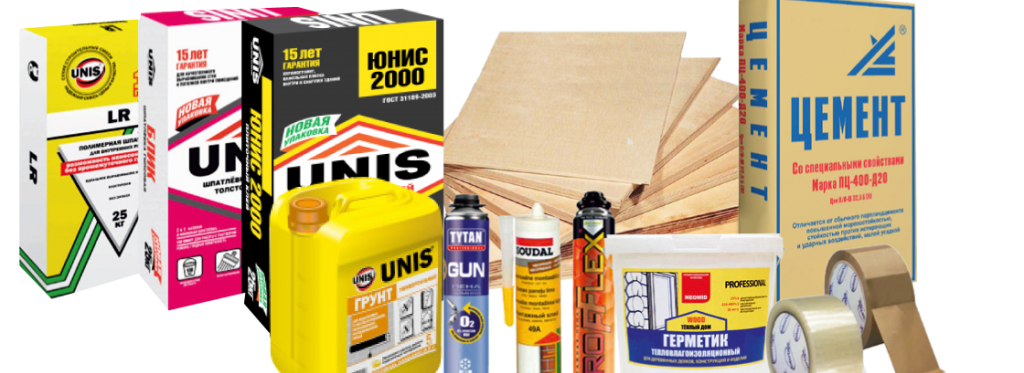With two key words, we can explain the difference between long-term winners at the poker table vs. the losers: Positive Expectation (PE).
In a sense, it’s a case of investing vs. gambling. There are definitions for gambling. At the poker table, most of us regard gambling as playing with little regard for the odds. You depend on luck. Of course, skill is always a factor – even as you neglect both the pot and card odds.
Note: Many regard gambling as playing with the odds pre-set against you. A good example is the slot machine – or any game in which the House has a betting edge. Playing roulette, the House’s odds are known before the big wheel spins.
We are primarily concerned here with drawing hands – those that generally must improve to win the pot. The other option are made hands; these could win the pot without further improvement. Examples: A-A, K-K, Q-Q; top pair or better on the flop; a straight or flush – especially with high cards in the hole.
Positive Expectation
You have a Positive Expectation when the Pot Odds are higher than the Card Odds. The Pot Odds simply is the ratio of the amount of money (chips) in the pot to the amount you must “invest” (to call an opponent’s bet or raise) in order to stay in. Just estimate the number of chips in the pot before you bet.
Example: In a $3-$6 limit game, on the turn, there are 60 chips in the pot, including your opponent’s last bet. You must call a $6 bet; the Pot Odds are 60/6 or 10/1.
To estimate the Card Odds on the turn, first count your “outs” – the number of unseen cards that will make your hand. Then, use the simple formula below.
Certainly, it does take time to make appropriate estimates of these. With only 2-3 minutes to play a hand, and perhaps 10 players at the table, the players are forced to make quick decisions. That may be a good excuse for not considering PE after the flop and thereafter until the showdown. Fortunately, we need only estimates.
Poor poker players – the losers – rarely consider the concept of PE. They just bet or raise, trusting to the whims of the poker gods. They are gambling. Skilled players, on the other hand, pause to estimate the PE before making their bets. They intend to invest, and do so wisely. They call the bet if it is to their advantage: The reward exceeds the risk!
Pot vs. Card Odds
Most important, to realize a PE the Pot Odds must be higher than your Card Odds (often referred to as the Drawing Odds). The Card Odds on the turn are easily estimated: (50 divided by the No. of Outs) - 1 = Approx. Card Odds on the Turn
Example: You saw the flop with A-10 of spades. After the turn, there are two more spades on the board; you need one more to complete the nut flush. You have 9 outs (13 - 4 spades). Then 50/9 = 5.6; and subtract 1. So the Card Odds are approx. 4.6-to-1 against.
Since the Pot Odds are higher than the Card Odds, you have a Positive Expectation (PE). Calling to see the river is the wise investment; in the long run, you will profit from that decision. You are, indeed, investing – not just gambling. You might say, the potential gain exceeds the risk; that’s a good investment – whether you are buying stock or playing poker.
Note: If the Pot Odds do not quite exceed the Card Odds, you can use the Implied Pot Odds instead. This is the amount of chips you would expect to be in the pot at the showdown, divided by the amount of the bet you must call to stay in the pot.
Лучшие стройматериалы и информация о них
